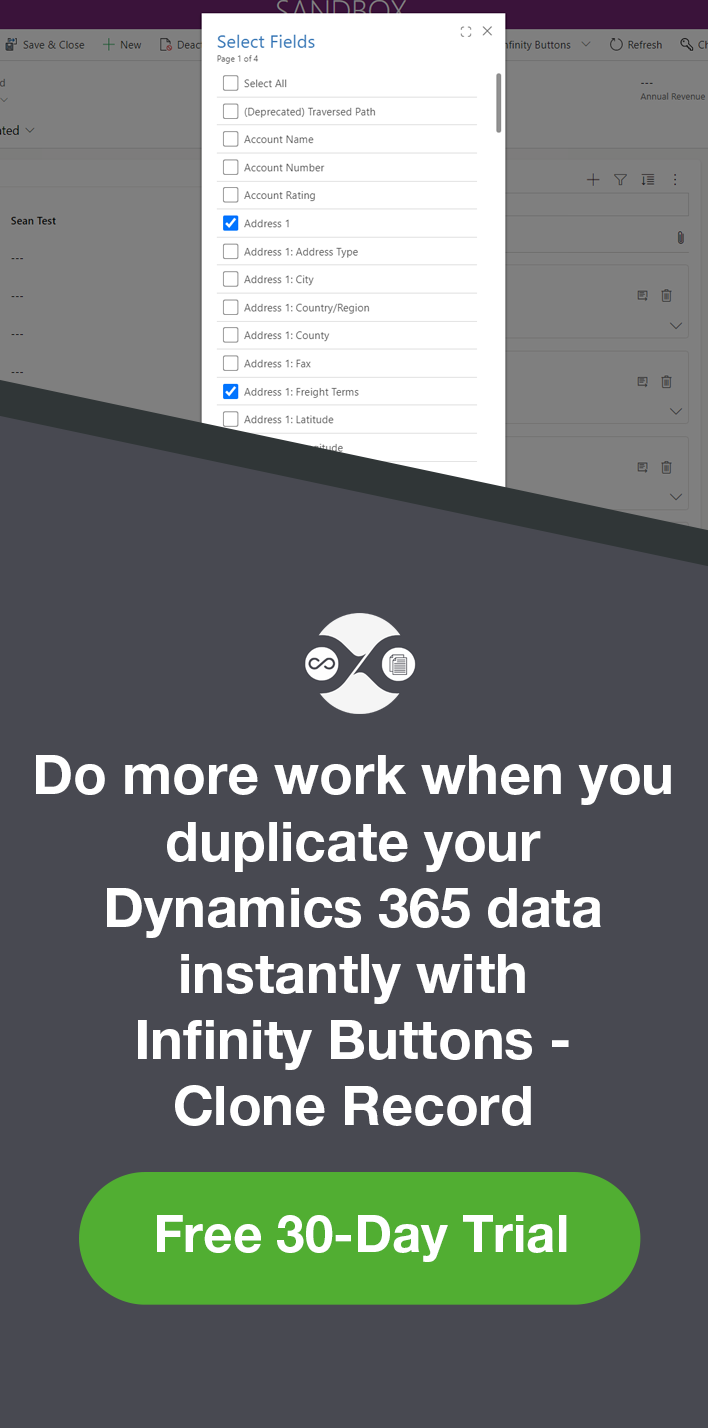Defining User WIIFM When Implementing Change
Shalane Williams, 11 May 2018
I recently had a discussion with one of our customers about business change and Dynamics CRM and my experiences around that. One of the surprising outcomes of that discussion was around defining WIIFM (What’s In It For Me?) for the user. I realised that all too often, WIIFM is defined at an organisational level and although the user impact is considered, rarely does the organisation spend time discussing the advantages a change will have with the user.
For this customer, the key reason for the change is for them to know their customers. The roll out of their CRM would be to a group who are always customer facing and engage with their customer base daily. The question then arose: would the reason, “to know our customers” resonate with these users since they engage with them daily? Based on their level of engagement, it’s safe to assume they would know their customers very well!
Sometimes, for a user, it’s not enough to understand the organisation’s definition of change. That won’t lead to users embracing the change. It might be necessary to drill down further to find the motivation for user adoption. Continuing with the theme of, “We want to know who our customers are” we can apply different motivations for individual users:
- • By gathering information about our customers in a central system, we’ll be able to easily see the products they have and present them with better product options. This could lead to further product development.
- • With the information in CRM, we’re able to see the products we’re not selling and investigate the “why”.
- • Having customer information allows us to identify the key demographics we service and the demographics we’re not reaching and put strategies in place to get to them.
- • By inputting customer data and outcomes of initiatives, we can determine the efficacy of these and make changes as required.
The list is endless really! The key is finding what will resonate with your users. Whether your users are in a contact centre, or in the field speaking to customers face to face or providing essential services to the community, to ensure effective user adoption you need to understand your users and define an appropriate WIIFM to motivate them to change their way of doing.
The customer mentioned above decided to do a WIFFM workshop. The workshop was broken down into 3 sessions with a focus on:
- • Examples of personal change and the ‘WIIFM’ for that change to create context.
- • Group session focusing on the user role with the task to outline the major changes to that role from CRM and the WIIFM or reason for the change.
The outcomes of the workshop could be used during UAT to reinforce the “why” and maintain user engagement throughout the implementation process.
So, in summary, always consider the users’ WIIFM, as it will have a big impact on user adoption of your CRM.


